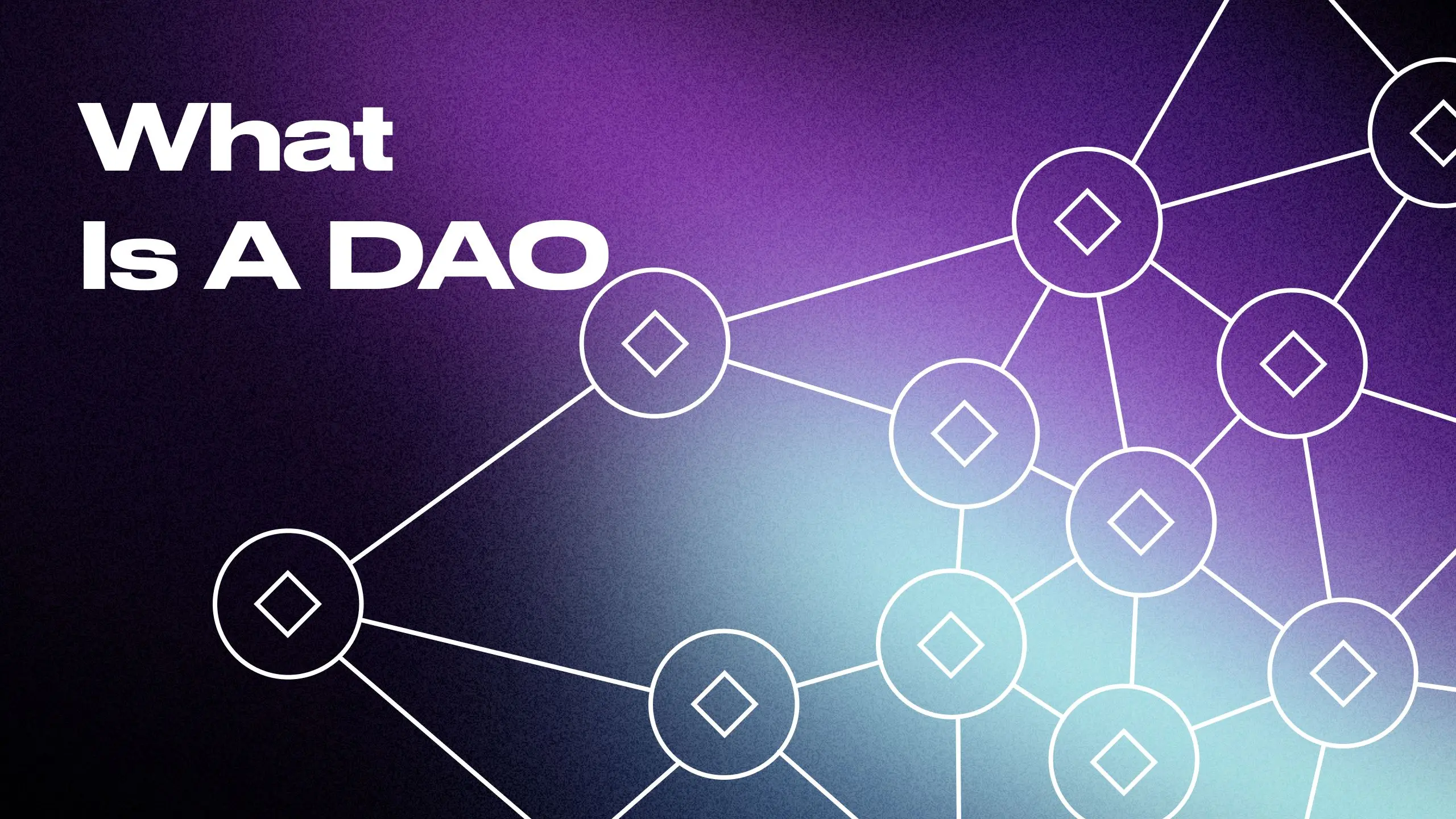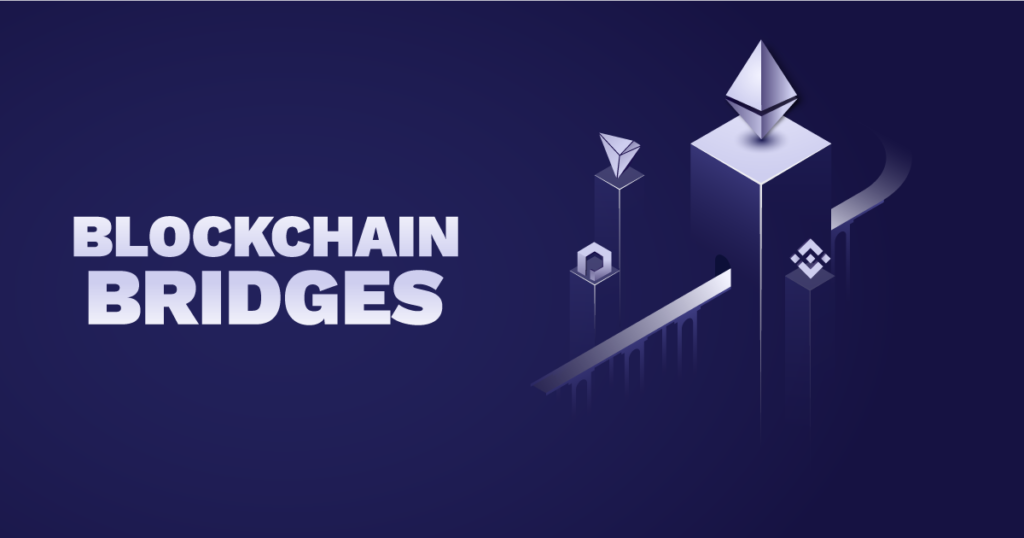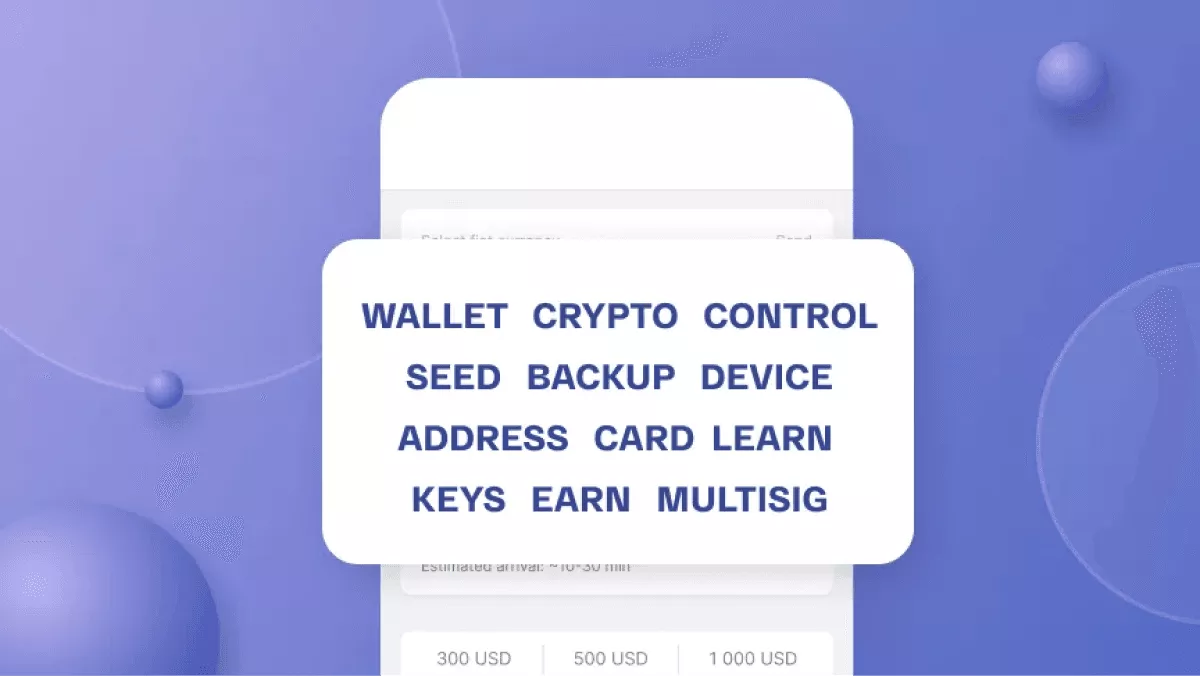What is a DAO? A Complete Guide to Decentralized Autonomous Organizations
In the world of blockchain and Web3, you may often hear the term DAO — short for Decentralized Autonomous Organization. But what exactly is a DAO, and why is it considered a revolutionary concept in the evolution of governance and business structures?
This article will cover everything you need to know about DAOs, including:
- What a DAO is
- How it works
- Key features
- Benefits and risks
- Real-world examples
- How to participate in or create a DAO
- The future of DAOs
🧠 What is a DAO?
A DAO (Decentralized Autonomous Organization) is an organization represented by rules encoded as a smart contract and controlled by its members rather than a central authority. It is run on a blockchain, typically Ethereum, and decisions are made collectively by token holders through a transparent, democratic voting process.
In short:
A DAO is a digital community with a shared treasury and a common mission, managed without centralized leadership.
🧱 How Does a DAO Work?
DAOs operate on a few key elements:
- Smart Contracts:
The rules and governance logic of a DAO are written into self-executing smart contracts deployed on a blockchain. These contracts define how proposals are submitted, how votes are counted, and how decisions are executed. - Governance Tokens:
Members of the DAO hold governance tokens, which give them the right to vote on proposals. The more tokens a person holds, the more influence they may have (depending on the DAO’s rules). - Proposals and Voting:
Members can create proposals (e.g., changes in budget, project approvals). Token holders then vote, and if a proposal reaches a required threshold, the smart contract automatically executes the outcome. - Treasury Management:
DAOs typically have on-chain treasuries, meaning their funds are stored in smart contracts and can only be moved if a proposal is passed and approved by members.
🔍 Key Characteristics of a DAO
| Feature | Description |
|---|---|
| Decentralized | No central authority; decisions made collectively |
| Transparent | Code and actions are visible on the blockchain |
| Autonomous | Operations are automated via smart contracts |
| Token-Based | Voting rights are distributed through governance tokens |
| Community-Led | Users govern and manage all activities and funds |
🧾 History of DAOs
The concept of a DAO dates back to early discussions around Bitcoin and decentralization, but it came to life with Ethereum, which introduced smart contracts in 2015.
- The DAO (2016):
The first large-scale DAO, simply named “The DAO”, was launched on Ethereum in 2016 to fund projects. It raised $150 million in ETH but was hacked due to a flaw in the code, leading to a controversial Ethereum hard fork. - Since then, DAOs have evolved significantly with better security models, governance structures, and more community involvement.
🏛️ Types of DAOs
DAOs come in various forms depending on their purpose:
1. Protocol DAOs
These govern decentralized protocols. Example:
- Uniswap DAO – governs the Uniswap DEX protocol.
2. Investment DAOs
Members pool funds and vote on investment decisions. Example:
- MetaCartel Ventures – invests in early-stage dApps.
3. Grant DAOs
Focused on funding open-source projects or initiatives. Example:
- Gitcoin DAO – distributes grants to developers.
4. Social DAOs
Focused on community building, networking, and social initiatives. Example:
- Friends With Benefits (FWB) – a members-only social DAO.
5. Collector DAOs
Group of users pooling funds to collect NFTs or other digital art. Example:
- PleasrDAO – known for collecting rare and iconic NFTs.
✅ Benefits of DAOs
🔓 Transparency
All decisions and transactions are recorded on-chain — anyone can audit them.
🗳️ True Democracy
Every member has a say. Voting power is often proportional to token ownership.
🌍 Global Participation
Anyone from anywhere can join a DAO and contribute.
⚙️ Automation
Smart contracts remove human error and enforce rules automatically.
🪙 Shared Incentives
Members are often rewarded with tokens, aligning interests and contributions.
⚠️ Challenges and Risks of DAOs
🛡️ Security Vulnerabilities
Smart contracts can be exploited if not properly audited.
👥 Governance Capture
Wealthier members with more tokens may dominate decisions (centralization risk).
⚖️ Legal Uncertainty
DAOs exist in a regulatory gray area. Many jurisdictions have no clear DAO legal status.
⏳ Slow Decision-Making
Decentralized voting takes time — not ideal for fast-moving markets.
🧪 Coordination Complexity
Reaching consensus among many members can be hard and inefficient.
🌐 Real-World Examples of DAOs
Here are some DAOs actively shaping the Web3 ecosystem:
- MakerDAO: Maintains DAI stablecoin via decentralized governance.
- Aragon: Provides tools to create and manage DAOs.
- ENS DAO: Manages Ethereum Name Service (.eth domains).
- Aave DAO: Governs the Aave DeFi lending protocol.
- Bankless DAO: Creates media and educational content for DeFi adoption.
🛠️ How to Join or Create a DAO
✅ How to Join a DAO:
- Get a crypto wallet (e.g., MetaMask).
- Buy or earn governance tokens from an exchange or platform.
- Connect your wallet to the DAO’s interface (e.g., Snapshot, Tally).
- Participate in discussions, vote on proposals, and contribute.
🏗️ How to Create a DAO:
Platforms like:
- Aragon
- DAOhaus
- Juicebox
- Gnosis Safe + Snapshot
… allow users to launch their own DAO with customizable rules and treasuries.
Creating a DAO requires defining:
- Purpose/mission
- Governance structure
- Treasury management rules
- Voting mechanisms (1 token = 1 vote? Quorum threshold?)
🌍 The Future of DAOs
As Web3 matures, DAOs are poised to play a central role in:
- Workforce coordination (DAO work guilds)
- Open-source project governance
- Decentralized venture capital
- Decentralized politics and activism
- Global co-ops and community-run enterprises
Legal recognition is also evolving. For example:
- Wyoming, USA, has legally recognized DAOs as LLCs.
- Other countries are exploring DAO frameworks for compliant operations.
🧾 Conclusion
DAOs represent the next evolution of human coordination and collective decision-making — powered by blockchain, fueled by community, and enforced by code.
They eliminate the need for centralized leadership while offering transparency, inclusivity, and automation.
However, they are not without risks, including technical vulnerabilities and governance challenges. As the ecosystem grows, better tools, education, and legal clarity will further empower individuals to build and govern without intermediaries.
Whether you’re a developer, investor, artist, or community member, DAOs open a door to a new way of working and organizing — permissionless, borderless, and people-powered.




